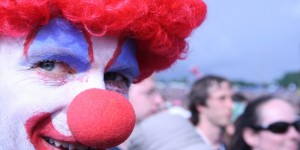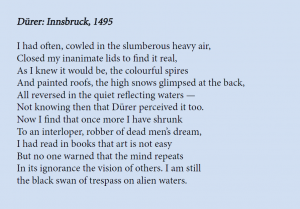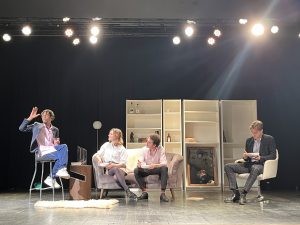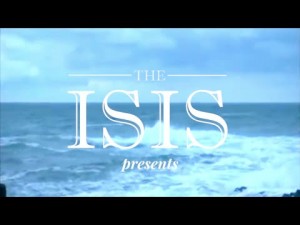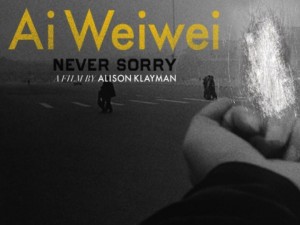
Review: Cezanne at Tate Modern
by Dowon Jung | October 21, 2022
It is said, perhaps to the point of cliché, that Paul Cezanne was the “father of modernism”. Amusingly, when Tate was first offered a painting by Cezanne in 1921 (The François Zola Dam, 1877-8), its then director rejected the loan, on the grounds that he was too modern. A century on, however, the latest EY Exhibition of Cezanne’s works at Tate Modern questions the relevance of Cezanne to modern viewers. To answer that question, we are shown a deeply personal portrait of Cezanne as a multitude of different figures: the artist, the commentator, the Provençal, and so forth.
The first half of the exhibition is largely biographical, introducing us to the social and historical contexts of the artist’s works. Here, we see Cezanne torn between Paris (where he moved in 1861 to join Émile Zola, a childhood friend) and Aix-en-Provence (his hometown). The differences in how Cezanne perceived the two places are stark — while Paris is always enveloped by a dark grey haze, Provence blossoms in cornflower blue and golden ochre.

The artist’s response to the political turmoil of his time is an especially interesting feature in this exhibition. Living in Paris during the final years of the Second Empire, we see Cezanne constantly refer to contemporary political events and discussions. The curators take a particularly novel interpretation of his enigmatic The Eternal Feminine. The painting, which depicts a red-eyed female nude surrounded by bishops, writers, and trumpeters (and even Cezanne himself), is read as an homage to the polemical imagery of the rising popular press.
The exhibition reaches its real apogee, however, at the end of this first section, where Cezanne finds an artist’s refuge in L’Estaque. Cezanne moves to this small Provençal village on the bay of Marseille to flee military conscription during the Franco-Prussian War, and here his artistic style matures into the ecstatic, cerulean brilliance that he is now known for. His paintings of L’Estaque and its bay are an amalgam of his distinctive techniques — layers of expressive, diagonal strokes; landscapes built from blocks of rich colour; terracotta roofs glowing against the sea and sky. Cezanne, writing to fellow artist Émile Bernard, declared that “Blue gives other colours their vibration”, and from here on blue truly takes centre-stage throughout the rest of the exhibition.
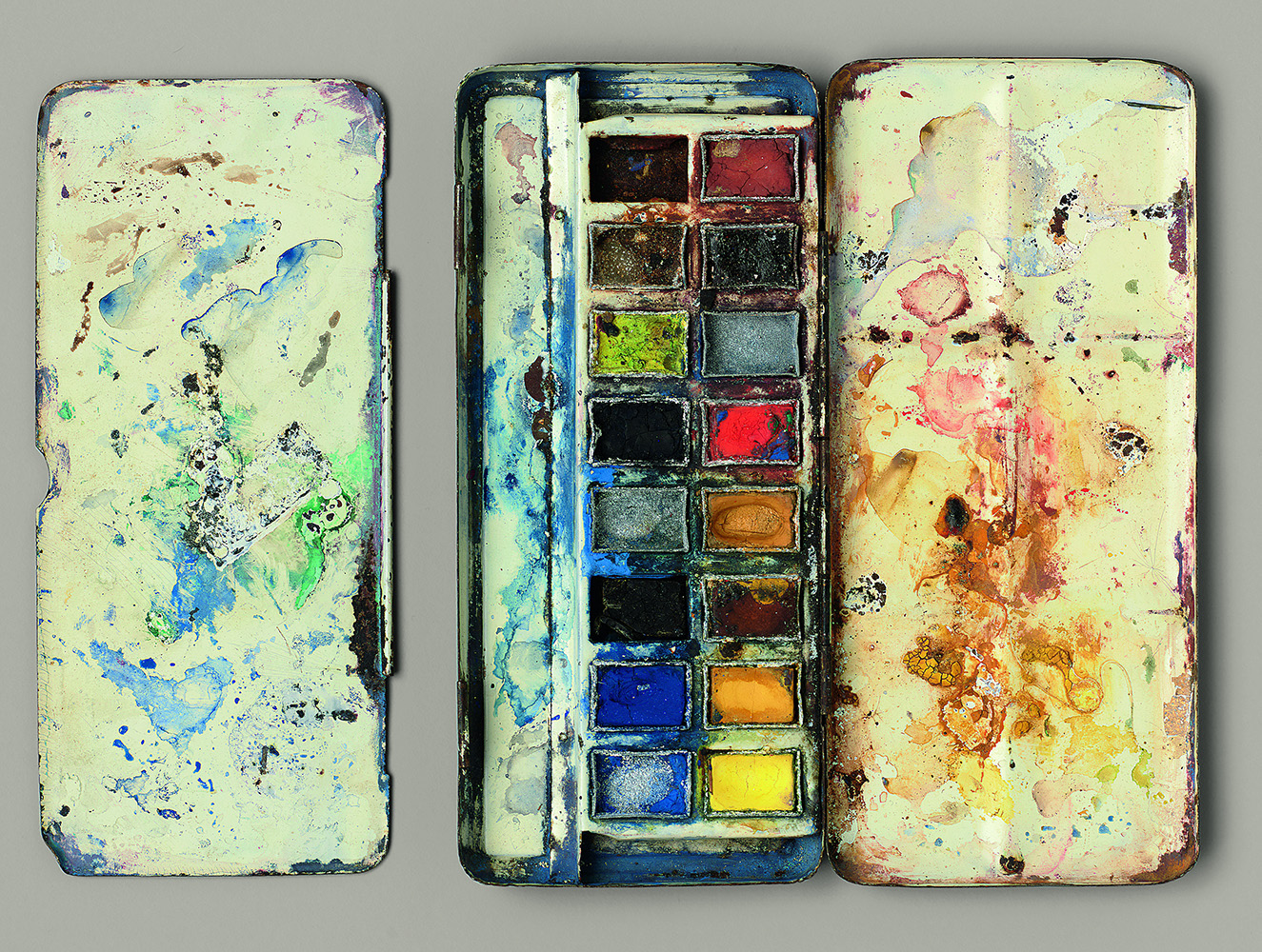
For example, the second half of the exhibition, which is curated more thematically, begins with a showcase of the materials used by Cezanne. The artist, according to Rainer Maria Rilke, used no fewer than sixteen different shades of blue in his paintings, many of which survive on the palettes displayed in the exhibition. However, a thoroughly modern artist, Cezanne was also amongst the first generation of painters to use commercially produced tubes of paint. Thus, even in his bluest compositions, Cezanne’s mountains shimmer in emerald and violet. At a time when galleries are increasingly integrating materiality into their exhibitions, this succinct display provides a much needed perspective into Cezanne’s creative processes.
Similarly, Provençal material culture is at the forefront of another highlight, which displays the artist’s famous still lifes. Blue l’indienne tablecloths produced in L’Estaque and blue-grey stoneware pitchers unique to Provençal craftsmen feature repeatedly as protagonists in these still lifes. There is a real sense that to Cezanne, these were essentially microcosmic landscapes, as his blue textiles insistently snake around reddish-yellow apples, at times resembling waterfalls, conch shells, and rocky hills.
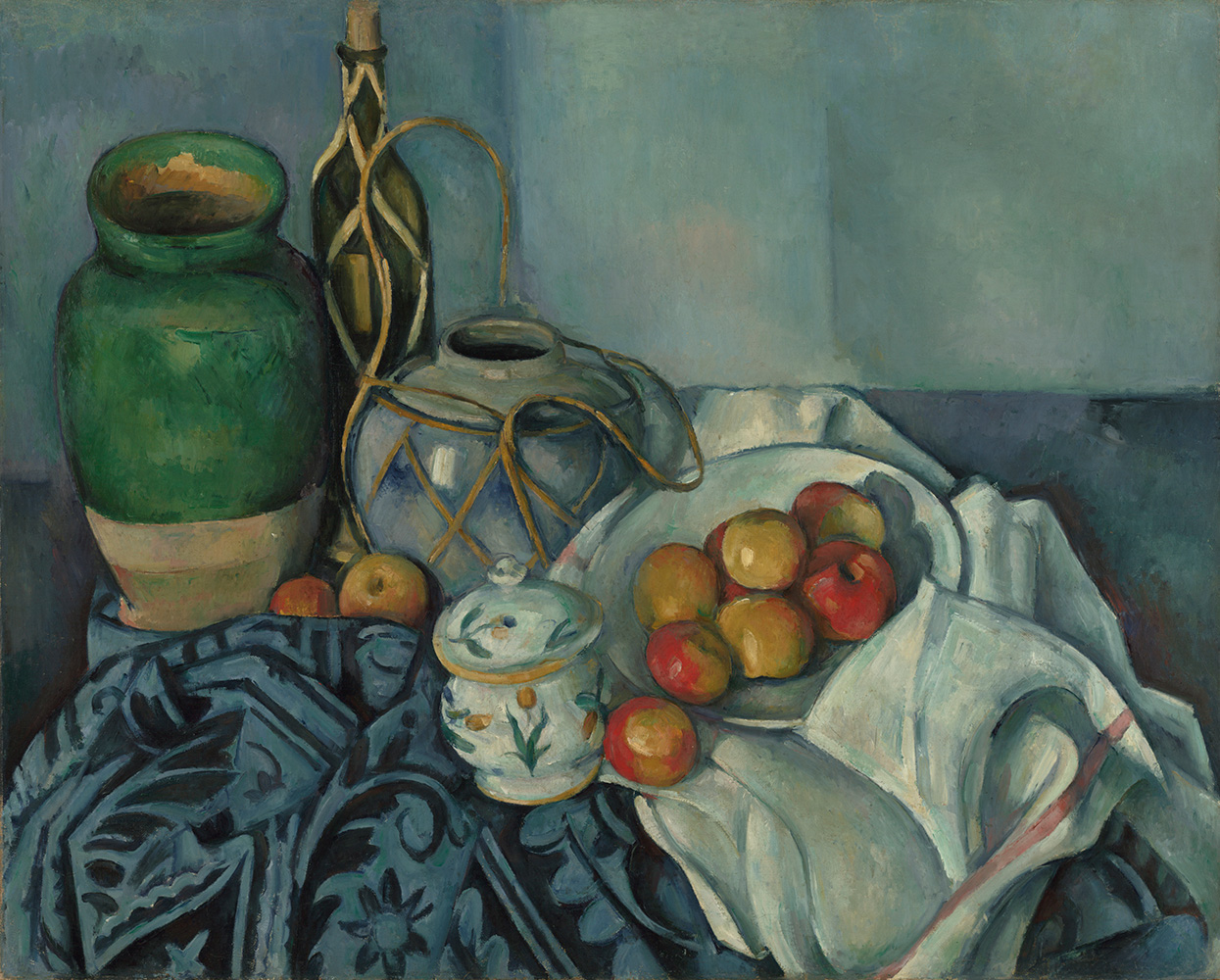
The latter section of the exhibition also features Cezanne’s more famous motifs, namely Mont Sainte-Victoire, which cast a permanent shadow on Cezanne’s family farm, and the bathers, who were another lifelong fascination for the artist. Many of these paintings are displayed alongside their provenances, which read as a who’s who of modern European art. Cezannes were variously owned by Matisse, Picasso, Monet, Jasper Johns, Henry Moore, and others — truly, he was an artist’s artist. It is a tribute to the exhibition’s curators at Tate Modern that we are able to see so many of these quintessential works side by side.
By the end, then, the viewer is left with a portrait of Cezanne that is more inexpressible than ever. However, what is clear is that the story of European modernity simply cannot be explained without Cezanne. In his early years, he stridently responded to the tumult of modernisation. In his later years, as he returned to Provence, his paintings were still defined by modern innovations in technique and technology. Even his landscapes, at first glance serene, reflect the artist’s experience of change — the mountains convulse the earth and the trees explode across the canvas. Appropriately, the exhibition ends with one of his final paintings (Château Noir, 1900-4), in which a saffron-coloured castle is seemingly engulfed by indigo — the colour of Cezanne’s Provence.∎

The EY Exhibition: Cezanne is on show at Tate Modern until 12 March 2023.
Following the wishes of the Société Paul Cezanne, this article uses the original Provençal spelling of the artist’s surname without the acute accent.
